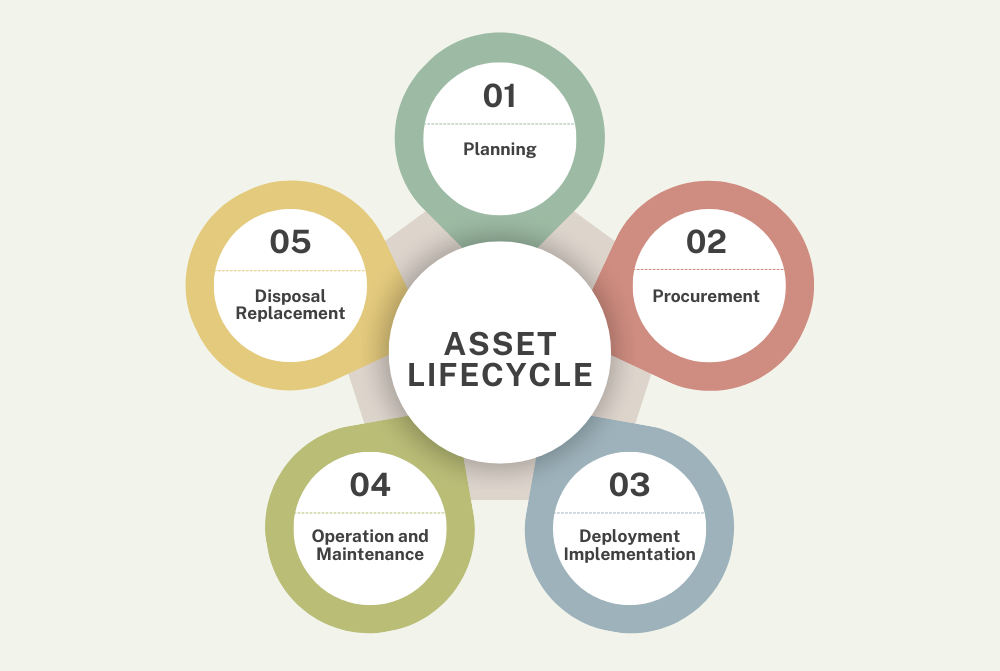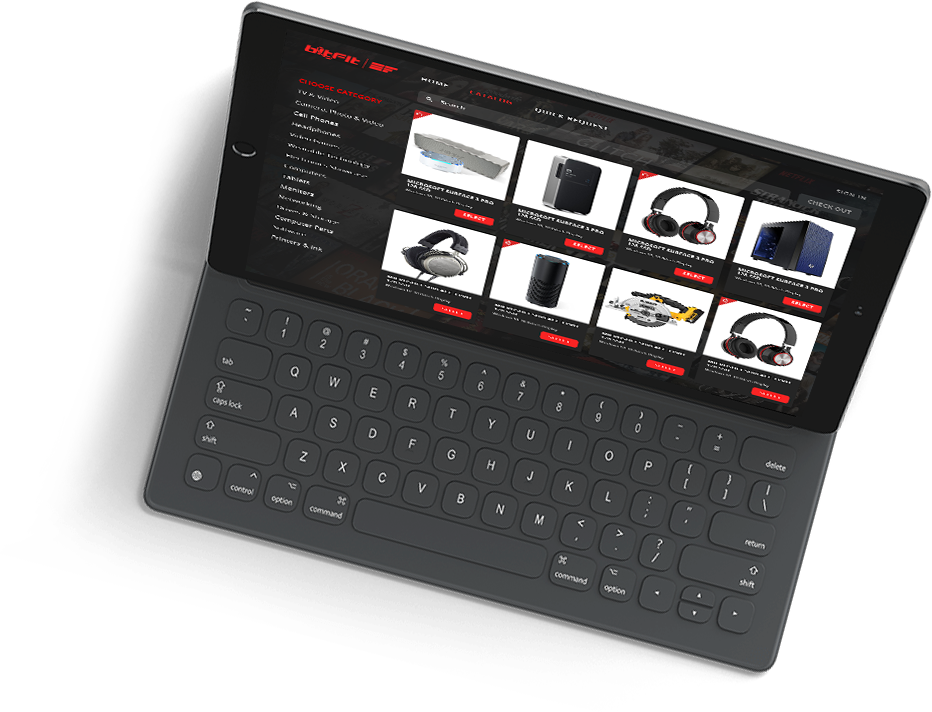
Understanding the asset lifecycle is crucial for businesses across various sectors, including IT, manufacturing, and construction. This article explores the stages of an asset’s lifecycle, from planning to disposal, and discusses best practices and challenges in asset lifecycle management.
Introduction
An asset lifecycle refers to the complete stages an asset goes through, from its initial conception and acquisition to its final disposal. Effectively managing these stages enables organizations to maximize the value of their assets while minimizing costs and risks.
Definition of Key Terms
Asset: Any economic value owned by an individual or corporation, especially that could be converted to cash. Assets are often thought of as resources that can help generate revenue.
Lifecycle: Asset management refers to the stages an asset passes through during the duration of its ownership.
Stages of the Asset Lifecycle
Planning
The lifecycle begins long before an asset is acquired. During the planning stage, businesses conduct needs assessments and cost-benefit analyses to justify the acquisition. Strategic planning helps ensure the purchased asset aligns with the company’s long-term goals.
Procurement
Procurement involves selecting and acquiring the asset. This stage requires careful selection criteria and robust procurement strategies to secure the best possible assets at reasonable prices, often through negotiations and contracts.
Deployment/Implementation
Once acquired, the asset is deployed or implemented into the existing business framework. This stage may involve installation, integration with existing systems, and initial user training.
Operation and Maintenance
This critical phase involves managing the asset to ensure it operates as intended. Regular maintenance is crucial to extend the asset’s useful life and ensure it continues to perform efficiently. This stage often consumes the most resources and time in the asset lifecycle.
Disposal/Replacement
Ultimately, an asset will reach the end of its useful life or become obsolete. The disposal stage involves removing the asset in a manner that complies with legal and environmental standards. Decisions are also made regarding asset replacement, triggering a new cycle of the asset lifecycle.
Asset Management Best Practices
Organizations should adopt integrated asset management practices to effectively manage assets throughout their lifecycles. Utilizing advanced software and technology, such as Asset Management Systems like bitFit, is increasingly important. These systems help track and analyze asset performance, forecast future needs, and support strategic decision-making.
Challenges in Managing Asset Lifecycle
Managing an asset lifecycle is fraught with challenges, including economic fluctuations, technological changes, and regulatory requirements. Common pitfalls include poor planning, inadequate understanding of asset performance, and failure to adapt to changing circumstances.
Future Trends in Asset Lifecycle Management
Emerging technologies such as the Internet of Things (IoT) and artificial intelligence (AI) are set to transform asset lifecycle management. These technologies promise enhanced predictive maintenance capabilities, which can foresee failures before they occur, thereby saving costs and improving asset utilization. Sustainability and environmental considerations are also becoming crucial in managing asset lifecycles and influencing decisions on procurement and disposal.
Asset Lifecycle with bitFit Asset Management Tool
The bitFit asset management tool is the perfect solution for tracking assets throughout all stages of their lifecycle. Designed to integrate seamlessly into any business framework, bitFit provides comprehensive management capabilities from planning and procurement through to disposal. Whether you’re deploying new assets, conducting maintenance, or preparing for asset retirement, bitFit offers intuitive features that simplify the entire process. With its process-building and analytic capabilities, bitFit ensures that you can maximize the efficiency and value of your assets, making it an indispensable tool for effective asset lifecycle management.
Conclusion
Efficient asset lifecycle management is essential for maximizing asset value and operational efficiency while minimizing costs and risks. Organizations that understand and implement robust lifecycle management practices can achieve tremendous long-term success and sustainability.

